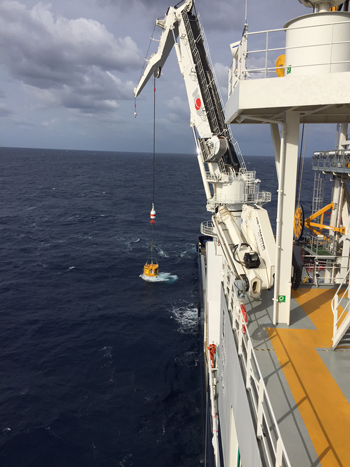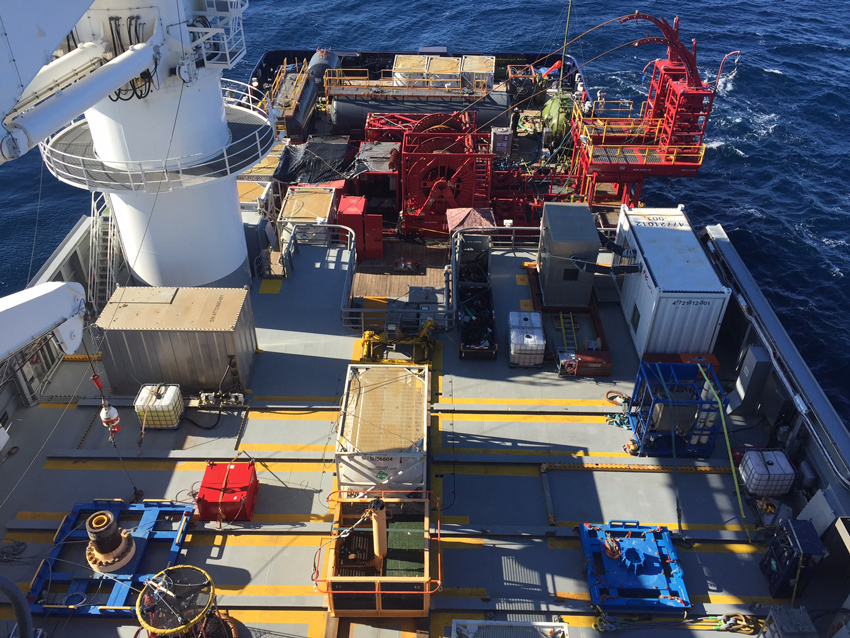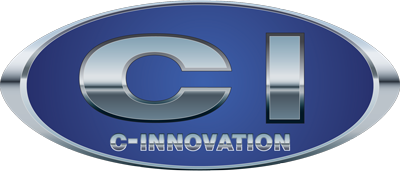Project Details
Client: ExxonMobil
Location: Julia Field
Overview
Open an FS2 valve using UHD ROV power only.
 Challenges
Challenges
Create a viable and economical procedure using an UHD ROV and related equipment that is compact and powerful enough to actuate the FS2 valve through existing tree communication ports.
Client Solution
- We designed, built and deployed a subsea tree controls interface system which leverages the existing infrastructure and technology of the ROV systems. The interface system utilized 100% subsea ROV-based tooling to actuate the well’s lower completion isolation valve.
- C-Innovation was contracted by ExxonMobil to open several wells. We successfully actuated four FS2 valves to the open position using this system. Exxon considers the procedure a monumental success and a long-term solution to an otherwise costly adventure.
- The process improved with each well activation. Since the procedure had never been done before, there were some early calculations that were purely speculative. Moving Forward, actuating the FS2 valve to create a fully functional tree can be done in under 3 hours.
Why were these services chosen?
The drilling and completion rig had already moved offsite and would have had a high cost and even higher impact to the remaining drilling and completion schedule to bring it back to do this job. We developed this solution to capitalize on and leverage existing infrastructure to provide a new ROV service to complete a task that is essential to production start-up.

Results
We have created another option for operators to start-up and commission their wells and fields which reduces the cost and allows for more flexibility in logistics. We used a novel but simplistic system to leverage our existing ROV technology to interface with a more advanced subsea tree (XT) control system. Earlier generations of subsea control technology would require a more advanced interface kit for the ROV, but we have proven this is possible though other implementations of technology with cooperation from the client and subsea hardware providers. We are changing how the industry can respond to subsea equipment and well issues with existing technology and greater speed and still maintain reliability in control.
Estimated saving were $3M USD per well (when compared to accomplishing the same with a rig and riser)
The rig’s primary mission is drilling and completion, keeping it onsite to actuate this valve reduces the overall value of the rig deployment. With rig day rate and availability what they are, it is important for an operator to move the rig off the well center and to the next drilling location sooner. In this case, the rig had already moved offsite and would have needed to transit back (at its low rate of speed and high rate of cost) and redeploy a riser system to perform this simple task. Using a small vessel and ROVs, we enabled this to be done quicker without distracting the rig from its current path.

